Tribute to wise decision makers.
Editor’s note: A good decision can save a company on the verge of destruction, and a bad decision can also destroy a company that is in full swing. What is a good decision and what is a bad decision? I’m afraid only time can give the answer. Looking back at the wisest and worst decisions of the past 10 years, we can learn a lot. This article is compiled from a medium article entitled “The 9 Most Brilliant (and the 9 Most Disastrous) Business Moves of the Decade”.
Looking back at the past 10 years, unicorns have rushed out and then died. It seems that all companies like to label themselves as “tech companies.” Following the trend is not without reason: technology reshapes everything, creates a new business world, and makes it soar at an unprecedented speed. As an enterprise, you must either destroy or be destroyed; or move forward quickly or collapse completely. The bold were rewarded and punished. Today, let’s take a look at the wisest and worst business decisions of the past 10 years for major companies to learn from.
9 wisest business decisions
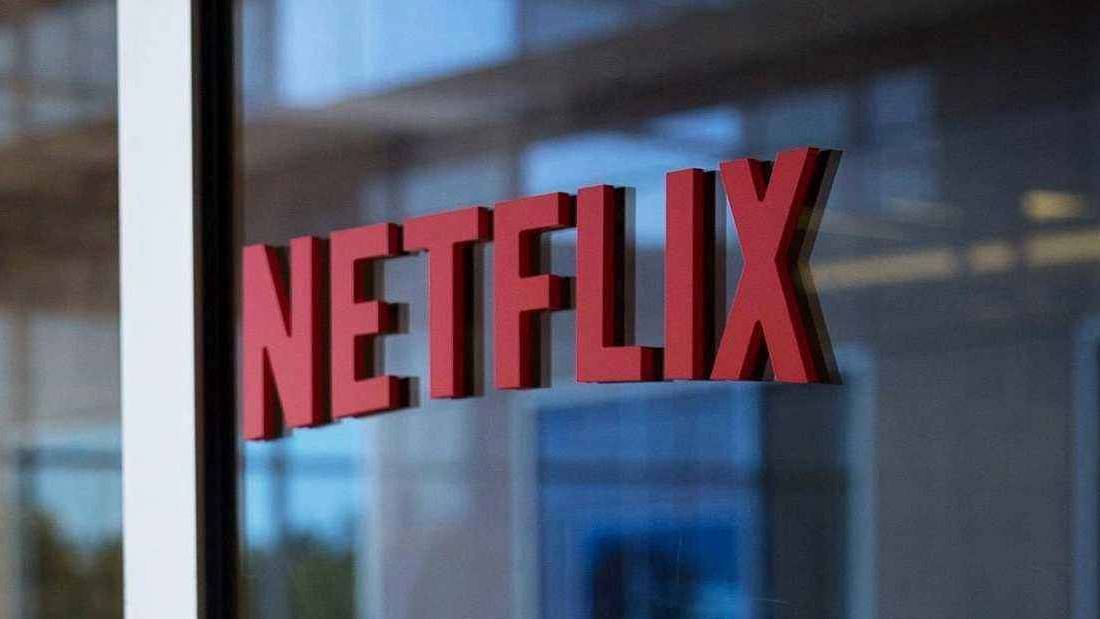
Netflix changes business model
In 2011, Netflix CEO Reed Hastings made a bold decision: transition from DVD business to streaming business. In 2013, he took another big step forward, sending a memo to employees and investors, which was 11 pages long, and he claimed that in addition to distributing digital content, Netflix also produced digital content. It turns out that Reed Hastings’s choice was correct. Last year, Netflix’s revenue reached $ 16 billion, compared to only $ 3.6 billion in 2012. Over the past 10 years, Netflix’s stock price has increased by 3700%, which is outstanding. Last year, Netflix spent $ 12 billion on content, most of which was used to make original movies and TV shows. Many companies are imitating Netflix, such as Disney, Warner Media, and NBC Universal.
Amazon bets on speech recognition
In 2011, Amazon executives heard a novelty pointSon: Develop a home appliance that allows it to talk to users, and listen to music and news through novel home appliances. Not only that, you can also buy things. Many executives at the time thought that such a product was complex and required a lot of effort to develop, but Bezos thought the idea was feasible. Four years later, Echo was born, and it eventually evolved into Alexa. So far, Amazon has sold more than 100 million Alexa devices.
Facebook acquires Instagram
Facebook bought Instagram for $ 1 billion in 2012. At that time, Instagram had only 30 million users and no revenue. It turns out that the acquisition decision was wise: Instagram now has 1 billion users. Facebook’s annual revenue is about $ 56 billion, and analysts believe that a large part of it comes from Instagram. In the future, Facebook is expected to generate 70% of its revenue growth from Instagram.
Disney acquires Lucasfilm
In 2012, Disney acquired Lucasfilm for $ 4 billion. Why buy? Because of this, it knows the value of excellent Franchise (that is, the sequel, the biography, the prequel, which extends the past and present life of a story to form a more complete system). After winning Lucasfilm, Disney has accelerated its pace, with revenue growing 67% since 2012 and reaching $ 70 billion in 2019. It has new sequels: Star Wars: The Force Awakens, Star Wars 8: The Last Jedi, Rogue One: A Star Wars Story, and Ranger Solo: A Star Wars Story. The combined box office revenue of these movies reached $ 9 billion, making it the highest box office franchise in history. In addition, the TV series “Mandalorian” also brought many fans to the Disney + streaming service. If you add stuffed animals, plastic toys, posters, and other items together, the total value of Star Wars Franchise will exceed $ 30 billion.
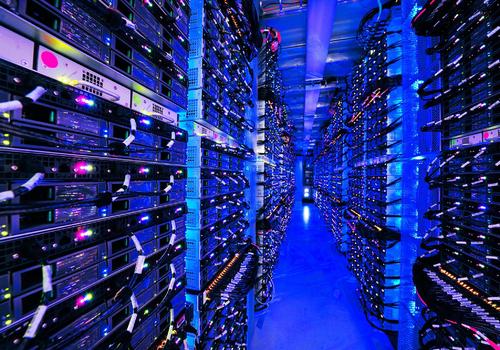
Microsoft advances to cloud computing
In 2014, Satya Nadella became the head of Microsoft. He is not chasing the stars, but the cloud. Under his leadership, Microsoft initiated a massive change. Before Nadella took over, Microsoft had just experienced Windows 8 disaster; in less than five years, the Narad team changed Microsoft’s trajectory, turning a device and service company into a mobile and cloud company. Microsoft successively acquired LinkedIn, Minecraft, and GitHub, and the Azure platform became the world’s second largest cloud platform. Microsoft’s stock price has doubled, and its valuation has reached $ 100 billion, even surpassing Apple for a time.
Google acquires Waze
As humans enter the age of AI, data becomes more and more important. In 2013, Google’s $ 1.1 billion acquisition of Waze was a landmark step. With the Waze App, drivers can learn about intelligent traffic conditions, and the app can find the best route when the car is driving around a building, or when it encounters congestion or a traffic accident. Later, Google built many of these features into Google Maps. Advanced positioning technology is widely used and can be used in advertising, apps, social tools, and e-commerce.
Domino admits that its pizza is bad
In 2010, Patrick Doyle became CEO of Domino, and the first thing he did was admit that the company’s pizza was terrible. After improving the pizza, the Patrick Doyle team launched a bold advertising campaign to promote negative reviews, such as “the worst pizza I have ever had” and “the outer layer tastes like cardboard”. Domino also promised customers that it would work to make pizza better. Slowly, Domino regained its reputation. It also provides training courses where every employee has to attend training to solve customer problems with free pizza, coupons, and ingredients. Not only that, Domino is also investing in technology, such as introducing driverless cars, optimizing website apps, and improving order systems. Domino’s stock price was only $ 11 in 2010, and it has now risen to $ 291.
Merck bets on Schering Plough
Ten years ago, Merck invested $ 41 billion in acquiring American pharmaceutical company Schering Plough. Looking back at historical records, about 90% of mergers and acquisitions in the pharmaceutical industry ended in failure, of which 70% did not create long-term value for shareholders. But Merck acquirer Schering Plough succeeded. Through the acquisition, Merck got the best-selling oncology drug Keytruda. Last year alone, Keytruda brought in $ 7 billion in revenue for Merck. Schering Plough also brings many new products to Merck, such as prescription allergy spray Nasonex and orthopedic medicines. Five years after the transaction, Bayer acquired Moore’s consumer care business for $ 14 billion. At the time of the acquisition, Merck’s stock price was $ 27, which has now fallen to $ 89.
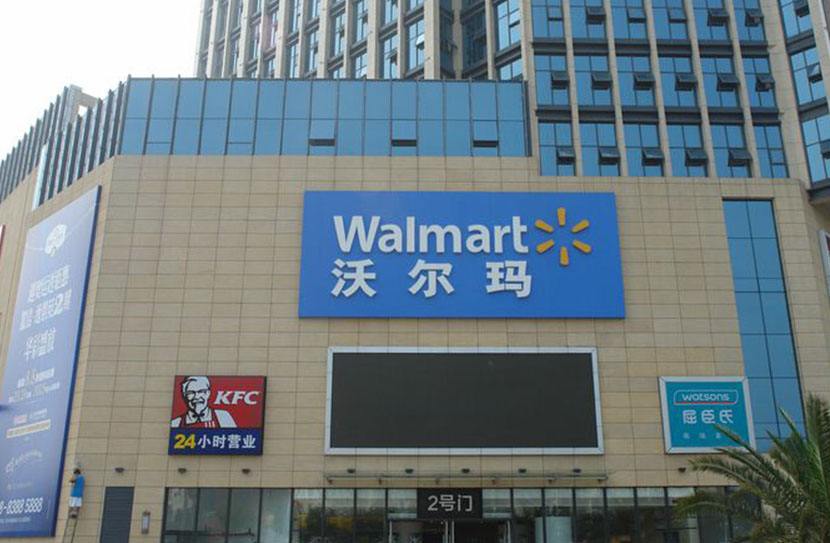
Wal-Mart improves employee benefits
For decades, everyone has seen the Wal-Mart supply chain as a demon. It has destroyed small retailers and labor policies have been terrible. In 2015, Wal-Mart invested $ 2.7 billion to improve the treatment of 1.5 million American employees, including benefits such as salary increases, vacations, and training. At that time, Wall Street did not like Wal-Mart’s charity. Wal-Mart’s stock price fell after the news came out. However, Wal-Mart did not obey the orders of the capitalists and insisted on moving forward. The average hourly salary of Wal-Mart’s US store employees is about $ 14.26, while the minimum wage in the United States is only $ 7.25 per hour. Two years later, the benefits of a pay raise finally came to light: reduced staff turnover and improved quality.
The 9 worst business decisions
People continue to push Facebook in the face of privacy challenges
Russia spent $ 100,000 advertising on Facebook and disrupting the 2016 election. Since then, Facebook has been surrounded by controversy. Later, the Cambridge Analytica incident came to light, the company collected user data and pushed Facebook to the trial stand. To combat fake news, Facebook introduced a fact-checking system, but in the fall of 2019, Facebook revised its advertising policies, saying it would no longer check the authenticity of political ads.
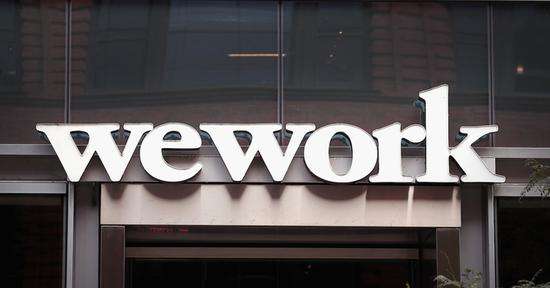
SoftBank turns a blind eye to WeWork issues
SoftBank has invested more than $ 10 billion in WeWork, and WeWork’s valuation has reached $ 47 billion. In 2019, WeWork tried to go public but failed because the company was not managed properly. The founder and CEO Adam Neumann cashed out $ 700 million for personal investment, real estate purchases, summer camp activities (similar to employee gatherings). SoftBank loses money in this investmentAbout $ 4.6 billion. At the same time, Adam Neumann easily left with $ 1.7 billion. Softbank boss Masayoshi Son recently admitted that investing in WeWork was a big mistake. He said: “From many perspectives, I am a bit blind and I have not supervised the governance, which is a terrible lesson.”
Mass cheating
Volkswagen has left an important trail in history because of the “emissions gate”, which may be the boldest fraud in corporate history. For nearly 10 years, Volkswagen’s goal is to surpass Toyota and become the world’s largest automaker, so it has pushed for so-called “clean diesel” cars. It turned out that the operation was just fraud. Regulators found that Volkswagen used a software program to control emissions control equipment for diesel cars and shut down the system after the emissions test was completed. The conspiracy came to light in 2015, but Volkswagen said it was just a technical loophole or a hoax of rogue engineers. Volkswagen finally admitted that it manipulated the car and tried to fool regulators. The emission gate caused the chairman and CEO of Volkswagen to be fired, and the company was fined more than $ 30 billion.
Uber is too indulgent in cultural issues
Since the establishment of Uber in 2009, the company has been challenging the status quo, blatantly opposing local taxi regulations. Just then, something went wrong inside Uber. In 2017, a former Uber engineer Susan Fowler reported that the company had serious sexual discrimination and harassment issues. Under pressure, Uber CEO and founder Travis Kalanick formed a team to investigate the allegations. Not long after a video appeared online, Travis Kalanick argued with an Uber driver over the payment.
In the following months, a large number of C-level leaders left. A few months later, the US Department of Justice launched an investigation into Greyball, a software tool that prohibits ride-hailing in some cities, and Uber used Greyball to fight law enforcement. Then, a Travis Kalanick email was revealed. In the email, Travis Kalanick set the basic rules for an event in Miami, involving drug use and sexual behavior.
The scandal has had a huge negative impact on the company. Just before the company’s IPO roadshow, Uber’s board expelled Travis Kalanick. Today, Travis Kalanick has a wealth estimate of about $ 3.2 billion.
Sony ignores hacking issues
In 2014, hackers threatened Sony Pictures. At the time, hackers uploaded viruses and attacked Sony Media Distribution Center. Sony executives did not pay attention to this issue, but closed two affected email accounts. A few months later, more sophisticated malware hit Sony with serious consequencesSeriously, about half of Sony’s global network was forced to close, scripts and personal information were stolen, some internal emails were exposed, and some employees lost their jobs due to emails. In the end, the virus emptied all 3262 computers and 837 servers.
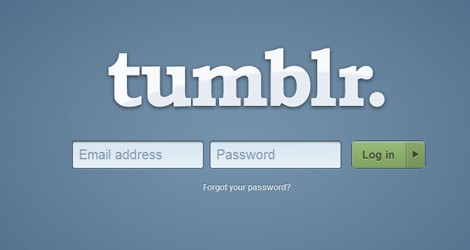
Yahoo acquires Tumblr
In 2013, Yahoo acquired Tumblr for $ 1.1 billion. It believes that Tumblr is a fast-growing social network that can help itself against Google and Facebook. Yahoo CEO Marissa Mayer said in a Tumblr post that “Yahoo will not mess up.” Two years later, Tumblr was still losing money. Marissa Mayer reorganized the sales teams of Yahoo and Tumblr, set a sales target of $ 100 million, and many employees left. Marissa Mayer’s plan was unsuccessful, and Yahoo eventually wrote down $ 712 million for the acquisition.
United Airlines towed an old man off the plane
United Airlines made headlines in 2017 when the company dragged a 69-year-old from an overbooked flight. The video went viral online. The old man was covered in blood and dragged across the aisle. Netizens grumbled for the old man. In a statement, United Airlines CEO Oscar Munoz apologized, saying that at the time the company was just trying to rearrange passengers, and that the old passenger liked to be disruptive and combative.
Equifax encountered a data security incident
In 2017, Equifax, a credit reporting company, suffered a data breach, which was quite serious. The customer’s social security number, date of birth, address, and driver’s license were leaked, and 150 million Americans became victims. In July 2019, Equifax paid $ 650 million to settle the investigation and lawsuit.
YouTube only values interaction and despise others
The advent of the AI era, YouTube has also introduced AI algorithms to recommend videos to users. Although the degree of interaction has increased, the videos recommended by YouTube are not appropriate, including conspiracy videos, hate speech, and even pedophile content. For years, YouTube employees have been saying that there is a lot of misleading and dirty content on the site, but YouTube executives ignore them. YouTube even makes money from such content. Later, YouTube’s parent company, Google, finally moved to modify its algorithm to prevent malicious content from appearing. It even directs viewers to credible news sites. For those channels and videos that violate the policy, the company also kills them and resolutely removes them.
Translator: Little Soldier